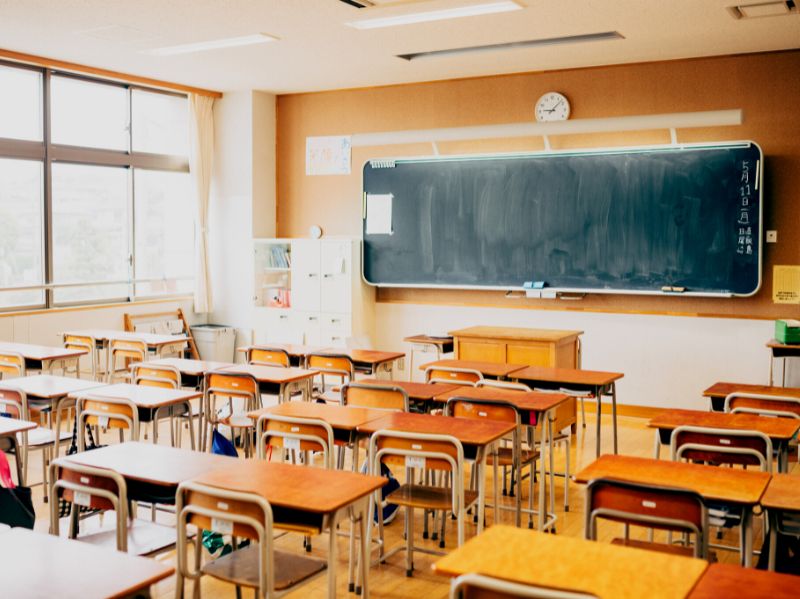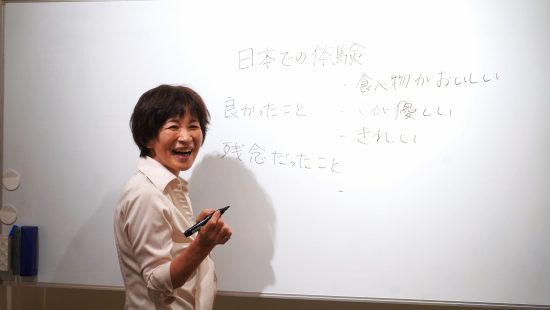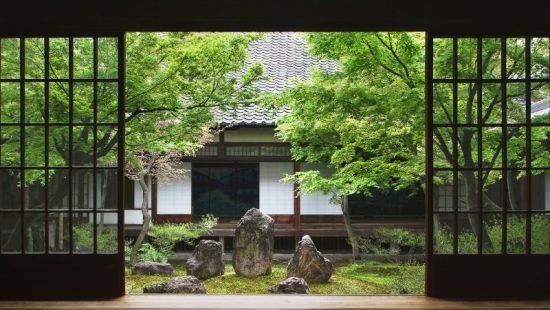|
A Guide to the Japanese Educational System

Japan has one of the finest educated populations in the world. That has been established for years! Japan came in at number eleven in a 2019 perception-based worldwide study. Unquestionably one of the most educated and developed countries in the world is the country of the rising sun. There were 231,146 foreign students in the nation overall as of 2022. Although the number of students dropped temporally due to the covid, over the years, there has been a consistent rise in the number of foreign students attending Japanese educational institutions.
Curriculums, courses, and textbooks are governed by the Ministry of Education, Culture, Sports, Science, and Technology (MEXT), which upholds the nation’s educational standards. Indeed, students from all over the globe come to Japan to study. You must be contemplating going to Japan to study yourself! It’s time to study about what makes Japanese education superior to that of other nations, if you’re curious about this. Here is a guide to the Japanese educational system:
A Guide to the Japanese Educational System
The Japanese educational system is represented by the digits 6-3-3-4. That equals 6 years for elementary school, 3 for junior high, 3 for high school, and 4 for university, for a total of 16 years of education. There are, however, a few elements regarding the Japanese educational system that need to be understood. Three terms—April to August, September to December, and January to March—are separated by the spring, winter, and summer vacations.
Although procedures and teaching techniques may vary amongst schools, in general, Japanese public schools are open 5 days a week, from Monday to Friday. A student’s day may begin as early as 8:15 in the morning, and lessons conclude before 16:00. Club activities may take place after school! In the nation, public schools are free and don’t need admission exams for elementary or junior high school. Regardless, all Japanese schools adhere to a set of standards and provide all students a high-quality education.
Teachers and chief executives make up the majority of all school organizations. There are many committees for various objectives as well, such as the International Exchange Promotion Committee. However, the price of schooling varies per school. There are public and private schools, with the former being more common. Some parents enroll their children in school as early as the third year, while others wait until the first April after the youngsters turn six. Whatever the case, education is crucial, and Japan excels at providing it. How does their system operate?
Primary and Pre-Primary Schools
As previously indicated, pupils as young as 3 and 4 years old may already begin preschool education, which is divided into 2 categories: yochien (幼稚園), or kindergarten, and hoikuen (保育園), or childcare. In Japan, pre-primary education is not required, but parents choose to register their children for the purpose of fostering the growth of their cognitive, social, and emotional abilities. Interactive play is emphasized more in the classroom! Kids are also prepared for elementary school via this.
Children begin elementary school, known as shogakko (小学校), at age 6, which is required in Japan. Students study about a variety of disciplines, including science, math, and history, from grades 1 through 6. They may begin taking English as a foreign language in grades 5 and 6. Students are prepared for further years in school with new systems and courses by the age of 12!
Junior and Senior Secondary Schools
In Japan, schooling is mandated to last nine years. Students go on to junior high chugakko (中学校), or junior high school, after six years in elementary school. The curriculum for grades 7 through 9 covers a range of topics, including math, science, social studies, art, physical education, and Japanese. At this stage, learning other languages also gets started. But as of 2011, just the English language is necessary. French, German, Korean, Chinese, and other languages are also offered at several high schools.
Students have a variety of alternatives after three years in junior high school, including transferring to high school. Japan still boasts a 96% enrolment rate even though high school is not required. Candidates for this level must pass entrance tests, which students prepare for by attending juku (塾), or special preparation schools, commonly known as cram schools, outside of their normal studies. In high school, the curriculum includes business, accounting, and other specialized courses.
University
Programs lasting four years, two-year institutions, or senmon gakko (専門学校). These are three of the possibilities available to pupils in Japan when they graduate from high school. On the one hand, Japanese institutions like the University of Tokyo, Kyoto University, and Osaka University are regarded as some of the best universities in the world. They are also well regarded among Asian institutions! Many Japanese employers need a college degree as a minimum, which forces many students to attend university for four years following high school.
Senmon Gakko, or vocational schools, on the other hand, require students to finish their studies within two to three years. There are several options, including cinema and theater, linguistics, design, agriculture, nursing, fashion, and more! These courses may also be taken by students who are working or enrolled in school. Students have an advantage in the job market by earning specialised credentials.
Conclusion
The standard of education in Japan is top-notch. It makes sense that many overseas students choose to pursue their studies in Japan. After spending years studying in Japan, you may be confident that you will have more than enough education and experience to find and keep a job anywhere in the globe. The Japanese educational system will undoubtedly support your goals, regardless of whether you’re moving to Japan with your family or merely want to get a degree from a prestigious institution. Are you prepared for enrollment?






